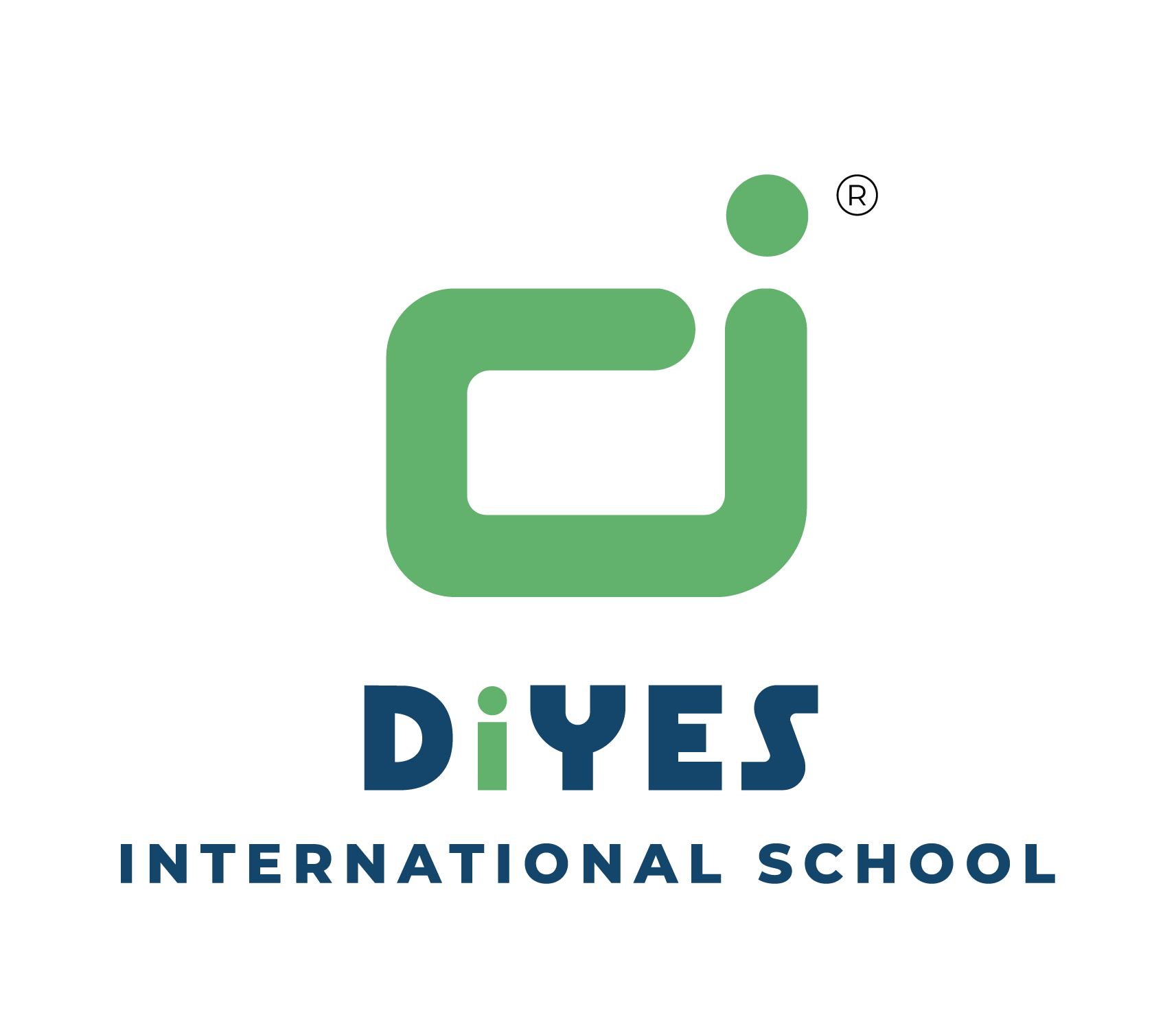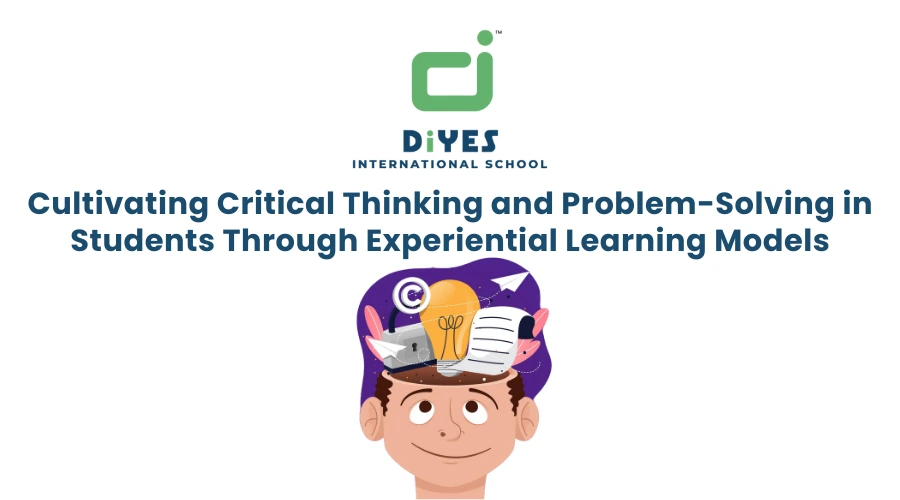Reasoning skills, critical thinking, and innovation are some of the important attributes for students’ and workers’ growth in the modern world. The cognitive skills here enable students not only to perform well academically but also to face the current world job market demands.
In the context of education, development of these abilities requires going beyond the training based on memorization or following standard learning approaches. One of them is the systematic approach called experiential learning, which includes a direct approach to learning as a way of understanding, learning, changing, and development.
How it helps
- This learning approach makes the learners apply their academic knowledge in practical fields, analyze their experiences and come to meaningful conclusions that will enhance subsequent experiences.
- Engaging students is an advantage of this learning approach; the students are challenged to reason through problems and find solutions.
This article will further analyze the general and specific use of the experiential learning models with the aim of promoting critical thinking and problem solving amongst students.
- What Experiential Learning Is
- Experiential learning is an educational theory first introduced by David Kolb that has labeled learning as a process that includes concrete experience, reflection, theoretical consolidation and active experimentation. This model concerns not only classroom techniques but also such approaches as hands-on activities, simulations, cases, internships, fieldwork, and service learning incorporated into the learning process.
- An effective teaching approach that involves students and in which they are not mere repeaters of the information given by the tutor. Actually, by applying this model, students think about their experience, analyze a problem, experiment and consequently, construct their understanding.
- Improving Critical Thinking with Hands-on Experience
- Encourages Questioning: Experiential learning involves offering students a chance to solve various problem situations, get asked questions, make decisions and critically assess working hypotheses. This fosters the kind of attitude that is at the core of critical thinking—curious.
- Reflection as a Tool: Thinking about and over experiences shapes experiential learners, encouraging them to evaluate their behaviour and action and understand the effects of these actions. This process is helpful as far as enhancing understanding of concepts and capacity in critical thinking is concerned.
- Evaluating Multiple Perspectives: Real-life issues cannot be assumed to exist in such a simple way that they present one single solvable side. Apart from promoting mastery of skills, experiential learning fosters an opportunity to learn from tutors and peers and reflect on a number of issues before coming up with a decision. It helps them make an informed decision due to benefits and drawbacks as well as several possibilities in their mind.
- Developing the Ability to Solve Problems
- Real-World Applications: The models of learning by doing offer the students problem-based contexts in dealing with which are likely to be more challenging than with theoretical exercises. In addressing these real-life issues, students are in a position to understand how to arrive at realistic and efficient solutions.
- Trial and error: Students are able to test different ideas for the Columbus strategy in an environment where no mistakes are fatal. It is essential to recognize that the problem-solving process also has a failure factor—trying to fail and learn from those failures. It facilitates flexibility, which is part of problem solving, and patience, which enables one to solve the problem.
- Collaboration: Group assignments normally form a key component of learning by doing. Working with fellow students means students receive an opportunity to share their ideas, gain new insights, and learn various approaches towards problem-solving from co-workers. This fosters cooperation and acquaints the students with an idea on how to solve projects as a team.
- Creativity and Innovation: Whenever students face something that they have never encountered before—a possibility of a situation or a problem—they are challenged to be innovative. Experiential learning results in the development of creativity in that while solving the problems, the learners are not working under the procedure; instead, they are encouraged to be innovative.
- Experiential learning model types include
- Project-Based Learning (PBL): The concept of this model is based on the idea that students are to complete projects that are based on real-life problems and can therefore apply theory in practice. They research, consult and share their data and work in that process. This model challenges both the critical analysis and problem-solving skills as learners interact with real-life situations.
- Case-Based Learning: This approach gives the students actual-life situations in their study to help them understand challenges in depth. Case analysis requires students to examine the case, define and recognize issues, and prescribe and assess strategies. It encourages critical thinking through an ability to handle issues with multiple dimensions.
- Service Learning: In service learning, the students participate in offering their services or their volunteering activities relating to solving issues of society. This model also trends to build empathy and gives students a chance to practice how it looks under a certain real-life situation and how they can affect others.
- Simulation and Role-Playing: In simulations and role-play-based activities, students become different characters or parties to a process. Through the lens of learning difficulties, students gain appreciation and understanding of other’s perspectives and work on their critical thinking and problem-solving skills simultaneously.
- Building Soft Skills
- Not only critical thinking and problem-solving abilities are improved through the use of experiential learning approaches. Other related skills include interpersonal and communication skills, leadership skills, and decision-making and problem-solving skills as well. Through experiential learning, students have to assume responsibilities that enable them to exercise their creative potential by mobilizing, making decisions, working in teams or with teachers, discussing, writing, or speaking and using whatever way is possible to express themselves.
- Self-Management and Time-Management: Numerous people take a principle of experiential education as an effective foundation for dealing with extended projects, priorities, and timetables. Students are able to manage their time while they are in school and when they get a job, managerial skills such as planning, time management and organization come in handy.
- The role of teachers in promoting experiential learning
- Teachers find themselves in the role of observers who help learners move through the experiential learning process but do not impart knowledge. They engage the students for the course; they offer learning aids; and they make the students reflect.
- Teachers also must measure their students’ performance on tests and exams in terms of the quality of learning outcomes that came from the class and their capacity to transfer what has been learnt in new contexts.
Conclusion
Externally facilitated projects allow students to enhance these competencies through working on real-life issues, evaluating the information and making conclusions, and creating solutions jointly. In other words, this practical, problem-based learning approach to each subject both raises academic achievement and prepares learners for higher education and the world in general.
The implementation of the models of experiential learning in a society is an important approach towards the development of the human skills required in modern society. This remains a very important social roles that educators assume in facilitating this process so that the students can get the most benefits from their experiential learning that are useful for their personal and or workplace experiences


